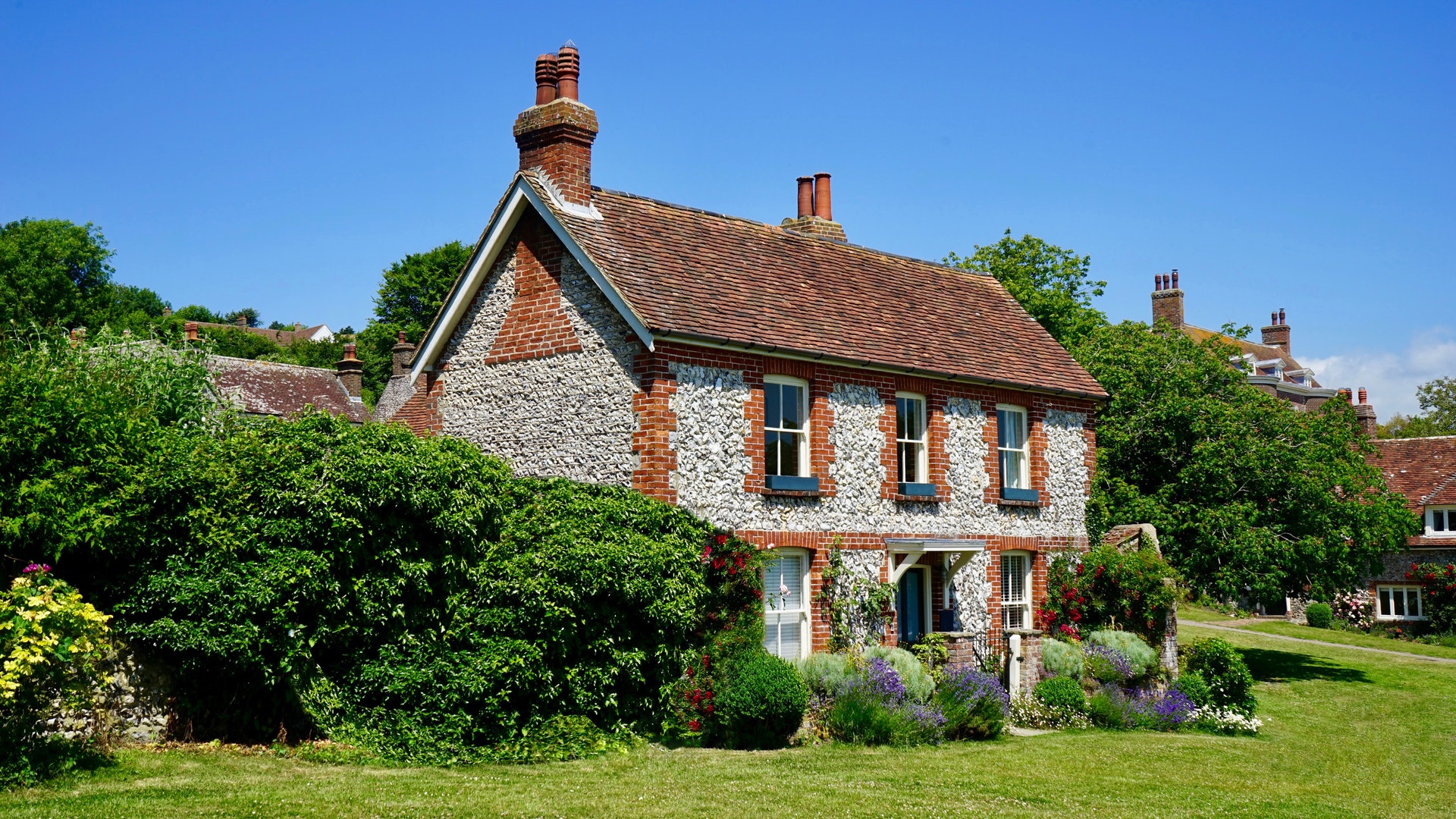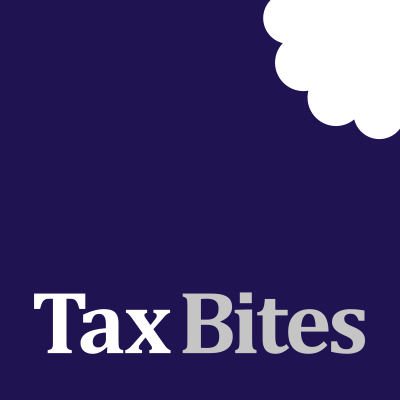
Budget 2020 – should you delay your house purchase?
7th February 2020
Posted in Articles, Budget, Private Client, Stamp Duty Land Tax by Andrew Marr
The issue
In the run up to the December election Boris Johnson was making much of his plans to reform UK stamp duty land tax (SDLT). His key ‘promises’ were as follows:
- Increase the main residential nil rate band from £125,000 to £500,000.
- Decrease the top SDLT rate (assuming no 3% surcharge) from 12% to 7%.
- (More controversially) converting SDLT into a tax for sellers rather than a tax for buyers.
Although SDLT has not been discussed much in the last few months, when the 11 March 2020 budget date was set, Sajid Javid did explain that his immediate plans involved ‘delivering on the Government’s promises on tax’. Therefore I think that we need to take at least the first two of the above three points seriously.
How would the changes be implemented?
Recent SDLT changes have generally involved increases to the rates. When this has happened purchasers have been able to elect to use the (more favourable) rates in force on exchange when they come to complete the transaction. This aims to stop them bearing an unanticipated tax hit in relation to a transaction that they are already committed to. Hopefully there will be no rules which mean that a purchaser is locked in to higher rates when they have already exchanged. This cannot be ruled out because the Government may take the view that they should not get an unexpected windfall in relation to a transaction that they are already committed to.
Where purchasers are about to buy a property it would be prudent (at least from an SDLT perspective) to consider deferring exchange until after the 11 March 2020 budget. If rates were decreased from that day then the purchasers would almost certainly be able to benefit.
Commercial considerations
Purchasers may be concerned about the increased risk of being gazumped that a delay could cause. There are a variety of commercial mechanisms that can be used to commercially tie a vendor into the delayed process. For example the buyer could pay the purchaser an option fee which gives them the right to acquire the property in a specified time frame.
Example
Joe is about to buy a house for £500,000 and he has been advised (based on current rates) that this will trigger an SDLT liability of £15,000. Although the vendor is keen to press ahead with the sale Joe is conscious that if he waits until 11 March 2020 he may save £15,000. The problem is that Joe is also worried about other buyers arriving on the scene and buying the house. To show his willing Joe agrees to pay the vendor £20,000 for an option to buy the property for £480,000 at any time up to 10 April 2020 (say). This should give Joe the opportunity to see if his SDLT position has been agreed by the budget while at the same time giving the vendor £20,000 of comfort that Joe is serious about the property.
Final comment
Some commentators have been saying that ‘waiting’ behaviour has been responsible for recent sluggishness in high end residential property markets. Given that SDLT rates do to some extent drive house prices it must be likely that house prices will increase if the Tories deliver on their promises. If this is true then the ‘waiting game’ may be a brave course of action because lower SDLT rates may drive more buyers into the market and increase the gazumping risk. This is one more reason why it may make sense to lock in the price using mechanisms like options…



